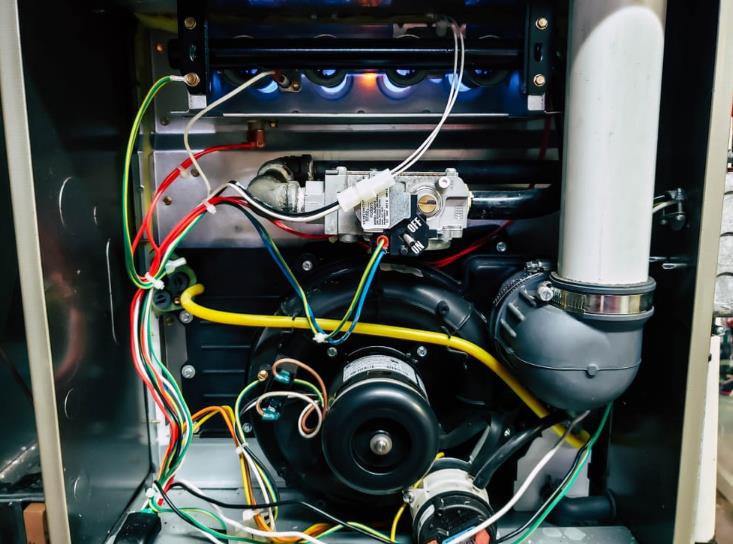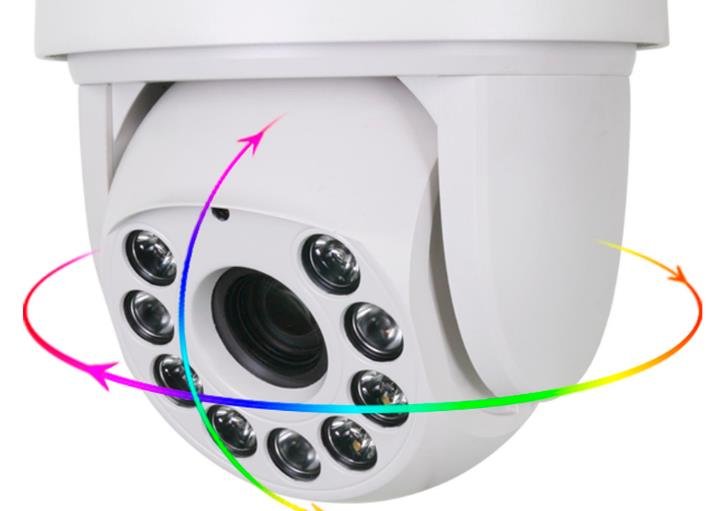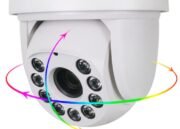A furnace blower motor plays a crucial role in maintaining the comfort of your home during cold winter months. As an experienced professional in the field, I understand the importance of knowing when this essential component is malfunctioning. Identifying issues with your furnace blower motor early on can save you time, money, and ensure that your home stays warm and cozy.
So, how can you tell if your furnace blower motor is bad? The key is to pay close attention to common symptoms such as unusual noises, reduced airflow, and frequent cycling. By learning how to test your furnace blower motor and understanding the pros and cons of repairing versus replacing it, you’ll be able to make an informed decision on the best course of action. Keep reading to learn more about this vital topic and find out how to keep your furnace running smoothly.
What is a Furnace Blower Motor and Its Function?
A furnace blower motor is a critical component of your home’s heating system. It is responsible for circulating warm air throughout your home by pushing it through the ductwork. The blower motor ensures that the heated air reaches every corner of your living space, maintaining a consistent temperature and providing comfort during cold weather.
The furnace blower motor is an electrically powered device that consists of a fan and motor assembly. The motor spins the fan, which in turn moves the air across the heat exchanger and distributes it evenly throughout your home. This circulation process helps maintain an optimal indoor environment, preventing cold spots and ensuring that your entire living space is warm and comfortable.
According to the U.S. Department of Energy, heating and cooling account for approximately 48% of energy consumption in the average American household. As such, it is essential to have a properly functioning furnace blower motor to ensure energy efficiency and maintain a comfortable temperature in your home. A well-maintained blower motor can help reduce energy bills and extend the life of your heating system.
Common Symptoms of a Bad Furnace Blower Motor
Knowing the symptoms of a bad furnace blower motor can help you address the issue before it becomes a major problem. By paying attention to these warning signs, you can take the necessary steps to either repair or replace the faulty component, ensuring that your home remains warm and comfortable throughout the winter months. Here are some common symptoms of a bad furnace blower motor:

How to Know if Furnace Blower Motor is Bad: Signs and Solutions
- Unusual noises: If you notice strange sounds like screeching, humming, or rattling coming from your furnace, it may indicate a malfunctioning blower motor.
- Reduced airflow: A decrease in the amount of warm air coming through your vents could be due to a failing blower motor.
- Frequent cycling: If your furnace is constantly turning on and off, or if it runs for short periods before shutting down, this may be a sign of a bad blower motor.
- Overheating: A faulty blower motor can cause your furnace to overheat, which may result in the unit shutting down as a safety precaution.
- Increased energy bills: If you’ve noticed a spike in your energy costs, it could be due to a less efficient blower motor working harder to maintain the desired temperature in your home.
By keeping an eye out for these symptoms, you can address any issues with your furnace blower motor promptly and maintain a comfortable living environment.
How to Test Your Furnace Blower Motor for Issues
If you suspect that your furnace blower motor is not functioning correctly, it’s essential to perform some tests to determine the root cause of the problem. By following these simple steps, you can quickly identify whether the issue lies with the blower motor or another component of your heating system.
- Turn off the power: Before you begin testing, ensure that the power to your furnace is turned off to avoid any accidents or injuries.
- Inspect the motor visually: Check the blower motor for any visible signs of damage, such as burnt wires, cracks, or excessive dust buildup.
- Check the motor’s capacitor: The capacitor is responsible for providing the initial surge of energy required to start the motor. Use a multimeter to test the capacitor and ensure it’s functioning correctly.
- Test the motor’s electrical connections: Using a multimeter, check the voltage at the motor’s electrical connections. If the voltage reading is within the acceptable range specified by the manufacturer, the motor is likely receiving power correctly.
- Manually spin the blower wheel: With the power off, try spinning the blower wheel by hand. If it spins freely without any resistance, the motor bearings are likely in good condition. However, if the wheel is difficult to spin or doesn’t move at all, it may indicate an issue with the motor bearings or the wheel itself.
By following these steps, you can effectively test your furnace blower motor for any issues and determine whether it needs repair or replacement.
Pros and Cons of Repairing vs. Replacing a Bad Blower Motor
When faced with a malfunctioning furnace blower motor, homeowners often find themselves unsure whether to repair or replace the component. Both options come with their own set of advantages and disadvantages, making the decision a matter of personal preference and individual circumstances. In this section, we will explore the pros and cons of repairing and replacing a bad blower motor to help you make an informed decision.
Repairing a Blower Motor
Pros:
- Cost-effective: Repairing a blower motor is generally cheaper than replacing it, especially if the issue is minor and can be addressed quickly by a professional.
- Environmentally friendly: Repairing a faulty component contributes to waste reduction, as you avoid disposing of a potentially salvageable appliance.
Cons:
- Temporary solution: If the motor has significant wear and tear or recurring issues, repairs may only provide a short-term solution, necessitating future repairs or replacement.
- Limited warranty: Repaired blower motors may not come with the same warranty coverage as new ones, leaving you vulnerable to additional costs if issues persist.
Replacing a Blower Motor
Pros:
- Long-term solution: By investing in a new blower motor, you can ensure that your furnace operates efficiently for years to come, without the need for constant repairs.
- Improved energy efficiency: Newer models of blower motors are designed to be more energy-efficient, potentially reducing your energy bills over time.
Cons:
- Higher upfront cost: Replacing a blower motor can be expensive, particularly if the unit itself is still relatively new.
- Installation costs: In addition to the cost of the new motor, you may also have to pay for professional installation, further increasing the overall expense.
By weighing the pros and cons of repairing or replacing a bad furnace blower motor, you can make an informed decision that best suits your needs and budget.
Maintaining your furnace blower motor is crucial to ensure the longevity and efficiency of your heating system. By taking a proactive approach and following some basic maintenance tips, you can prevent potential issues from arising and keep your furnace running smoothly.
One of the most critical aspects of blower motor maintenance is regular cleaning. Dust and debris can accumulate over time, causing the motor to work harder and reducing its efficiency. To prevent this, make sure to:
- Inspect and clean the blower motor regularly: Remove any dust or debris that has accumulated on the motor and its surrounding components. This will help the blower motor function more efficiently and prolong its lifespan.
- Replace or clean air filters: Clogged air filters can cause your blower motor to work harder than necessary, which may lead to premature wear and tear. Make sure to clean or replace your air filters every 1-3 months, depending on your specific furnace model and usage.
- Lubricate the motor bearings: Proper lubrication can reduce friction and extend the life of your blower motor. Check your owner’s manual for specific lubrication instructions and recommended intervals.
- Schedule routine maintenance: Having a professional HVAC technician inspect and service your furnace annually can help identify potential issues before they become significant problems. Regular maintenance can also improve the overall efficiency of your heating system.
By following these simple tips, you can prevent furnace blower motor problems and keep your heating system operating at peak performance, ensuring a comfortable living environment for you and your loved ones.
Conclusion: To Wrap Up
your furnace blower motor plays a crucial role in maintaining a comfortable temperature within your home. By understanding its function and recognizing the common symptoms of a bad blower motor, you can take timely action to address any issues that may arise. With regular maintenance and a proactive approach, you can ensure the longevity and efficiency of your heating system, providing a warm and cozy living environment for you and your loved ones.
Taking the time to learn about the pros and cons of repairing versus replacing a faulty blower motor can help you make informed decisions that best suit your needs and budget. By following the preventive measures outlined in this article, you can save money on costly repairs and enjoy a properly functioning heating system for years to come.
Frequently Asked Questions
[faq-schema id=”873″]
















